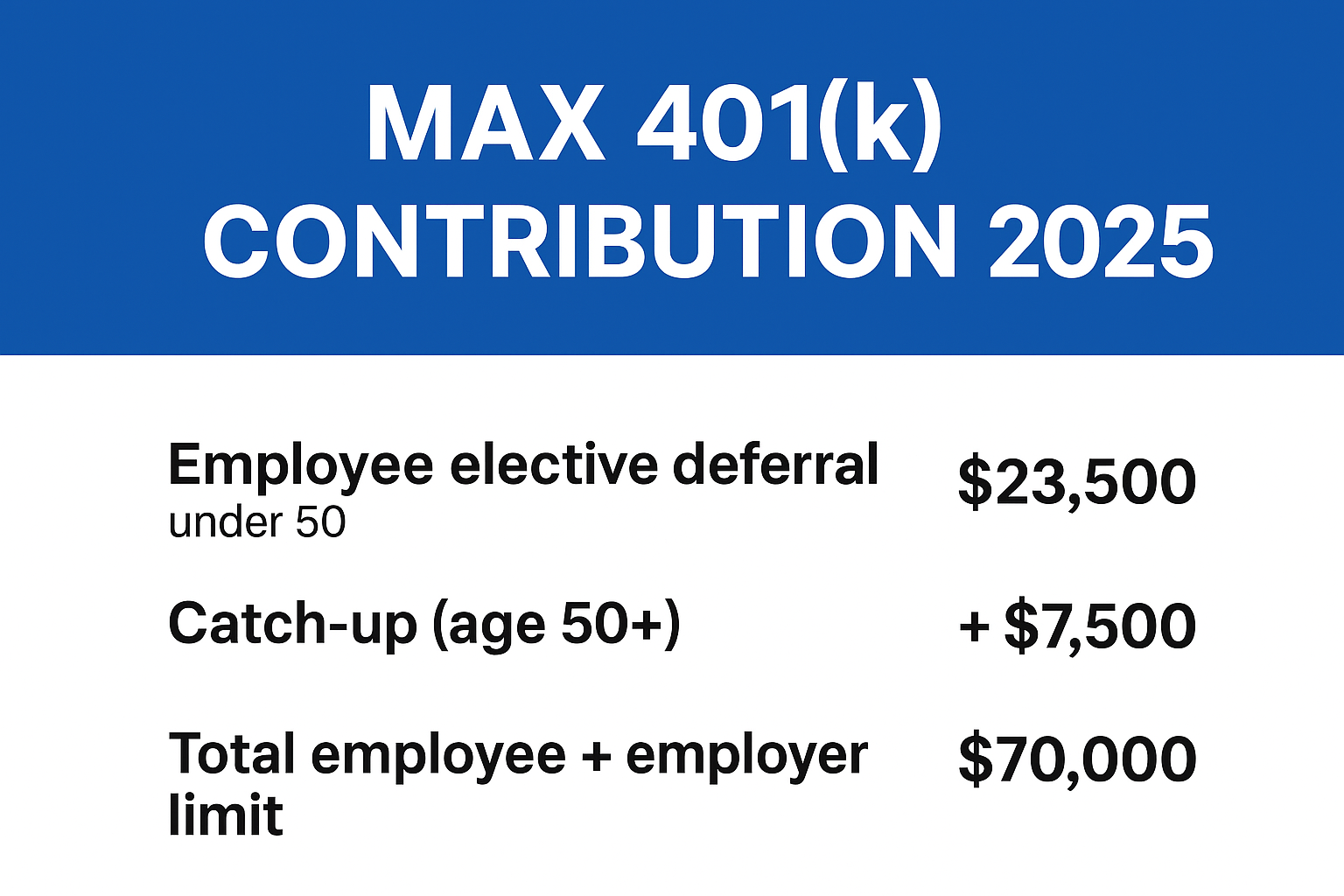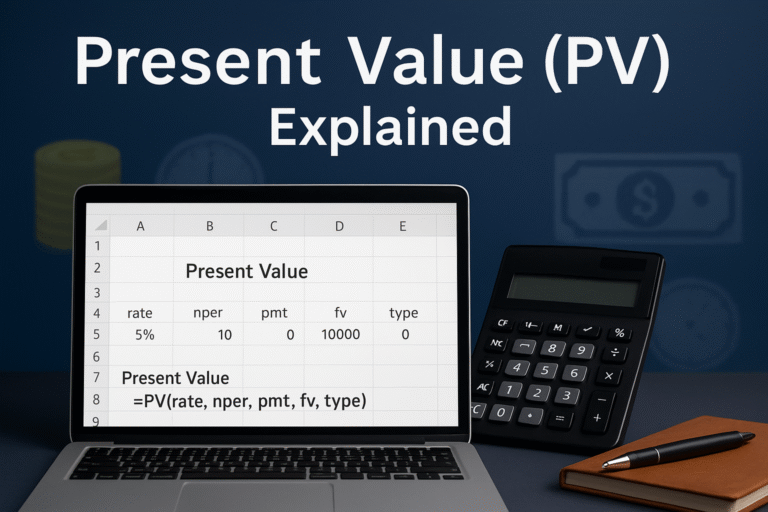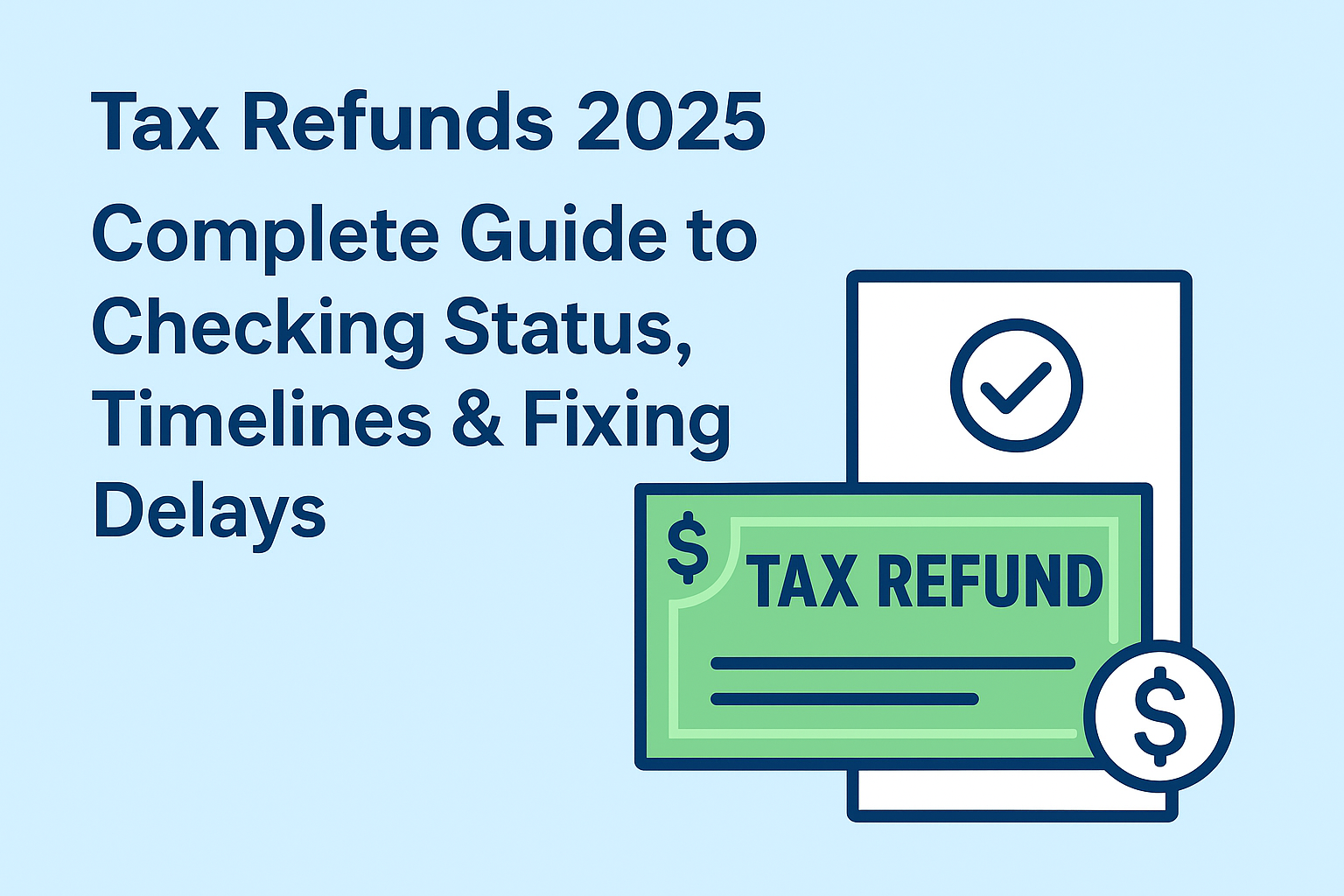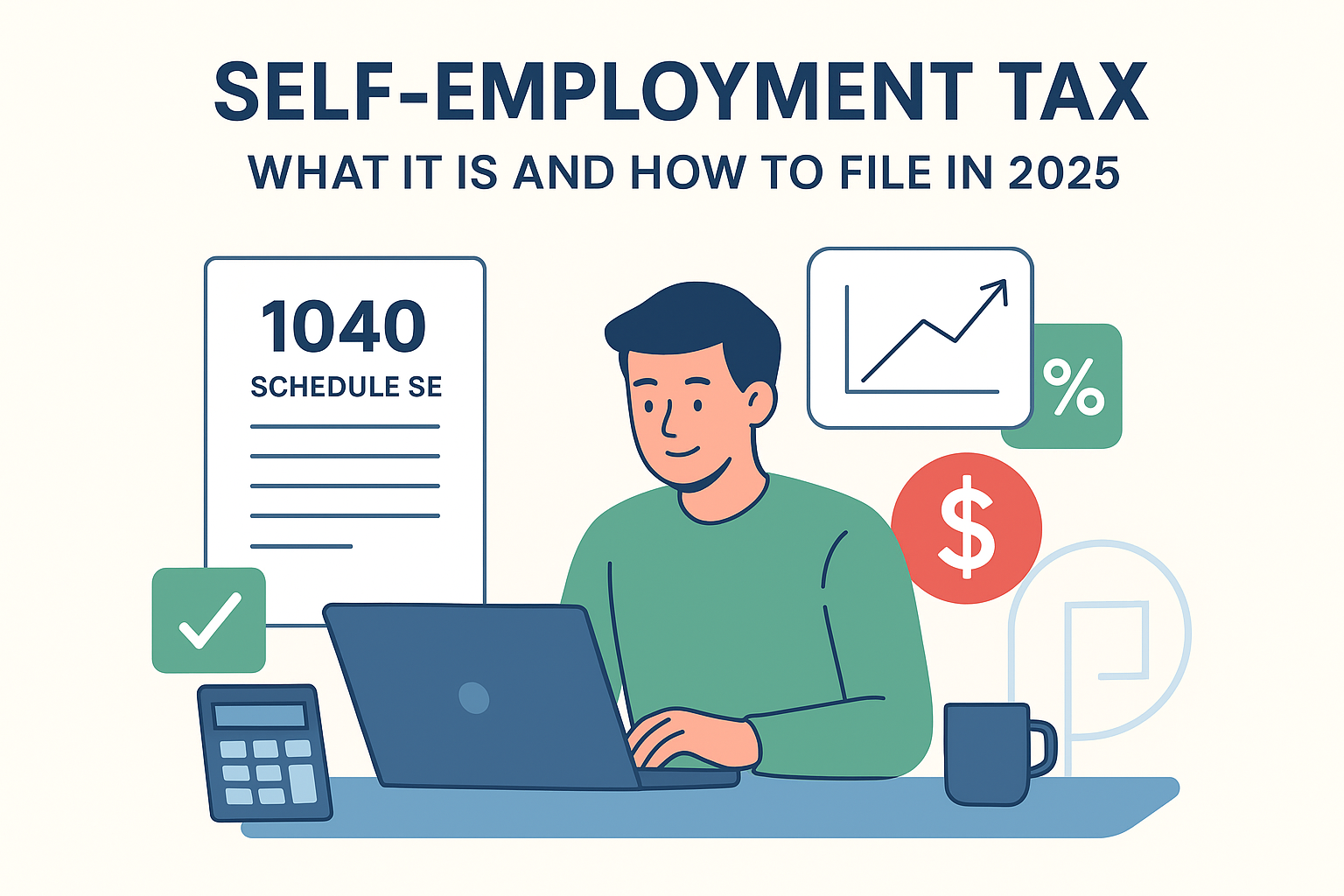Max 401k Contribution 2025: The IRS increased the 2025 employee elective deferral limit to $23,500, and many savers can add catch-up contributions. Here’s exactly what that means and how to max it out without mistakes. IRS
Quick TL;DR
- 2025 elective deferral limit: $23,500 for workers under 50. IRS
- Catch-up (50+): +$7,500 (most participants) → total $31,000. IRS
- Higher catch-up (60–63): plan-dependent $11,250 in 2025. IRS
- Total employee + employer cap: $70,000 in 2025 (higher with catch-ups). Investopedia
What “Max 401k Contribution 2025” actually covers
- Employee elective deferrals (pre-tax and/or Roth contributions) total up to the $23,500 annual cap.
- Employer contributions (match, profit sharing) do not count toward the employee cap but do count toward the combined limit (max $70,000 for 2025). Investopedia
Why this matters: hitting the employee cap is tax-efficient, but knowing the combined limit and after-tax options opens paths to save far more than the elective cap if your plan supports it. Fidelity
Why Maxing Your 401k Matters
401k plans are a tax-advantaged way to save for retirement. Contributing the max allows you to:
- Reduce taxable income today (Traditional 401k)
- Grow money tax-free (Roth 401k)
- Access employer match → immediate return on investment
- Benefit from compound growth over decades
According to Fidelity, the earlier you start maxing contributions, the bigger the nest egg becomes due to compounding.
Max 401k Contribution 2025 Limits
| Age | Employee Max | Catch-Up | Total Possible Contribution (Employee + Employer Match) |
|---|---|---|---|
| Under 50 | $23,000 | N/A | ~$69,000 (with employer match) |
| 50+ | $23,000 | $7,500 | ~$69,000 + match (varies) |
Note: Employer match does not count toward your $23k contribution, but does count toward the IRS total contribution limit ($69k).

How Your Contributions Break Down Per Paycheck
Assume $23,000 annual contribution and 26 pay periods (biweekly):
| Age | Employee Contribution | Catch-Up (50+) | Contribution per Paycheck |
|---|---|---|---|
| <50 | $23,000 | N/A | $884 |
| 50+ | $23,000 | $7,500 | $884 + $288 = $1,172 |
Formula: Paycheck Contribution = Annual Limit / Number of Pay Periods
Tip: Adjust if you receive a mid-year raise or bonus, just recalculate to avoid exceeding limits. IRS contribution limits 2025
Impact Over Time (7% Annual Growth)
| Starting Age | Contribution/Year | Years | Portfolio Value at 65 |
|---|---|---|---|
| 25 | $23,000 | 40 | ~$2,900,000 |
| 30 | $23,000 | 35 | ~$2,500,000 |
| 35 | $23,000 | 30 | ~$1,900,000 |
| 40 | $23,000 | 25 | ~$1,200,000 |
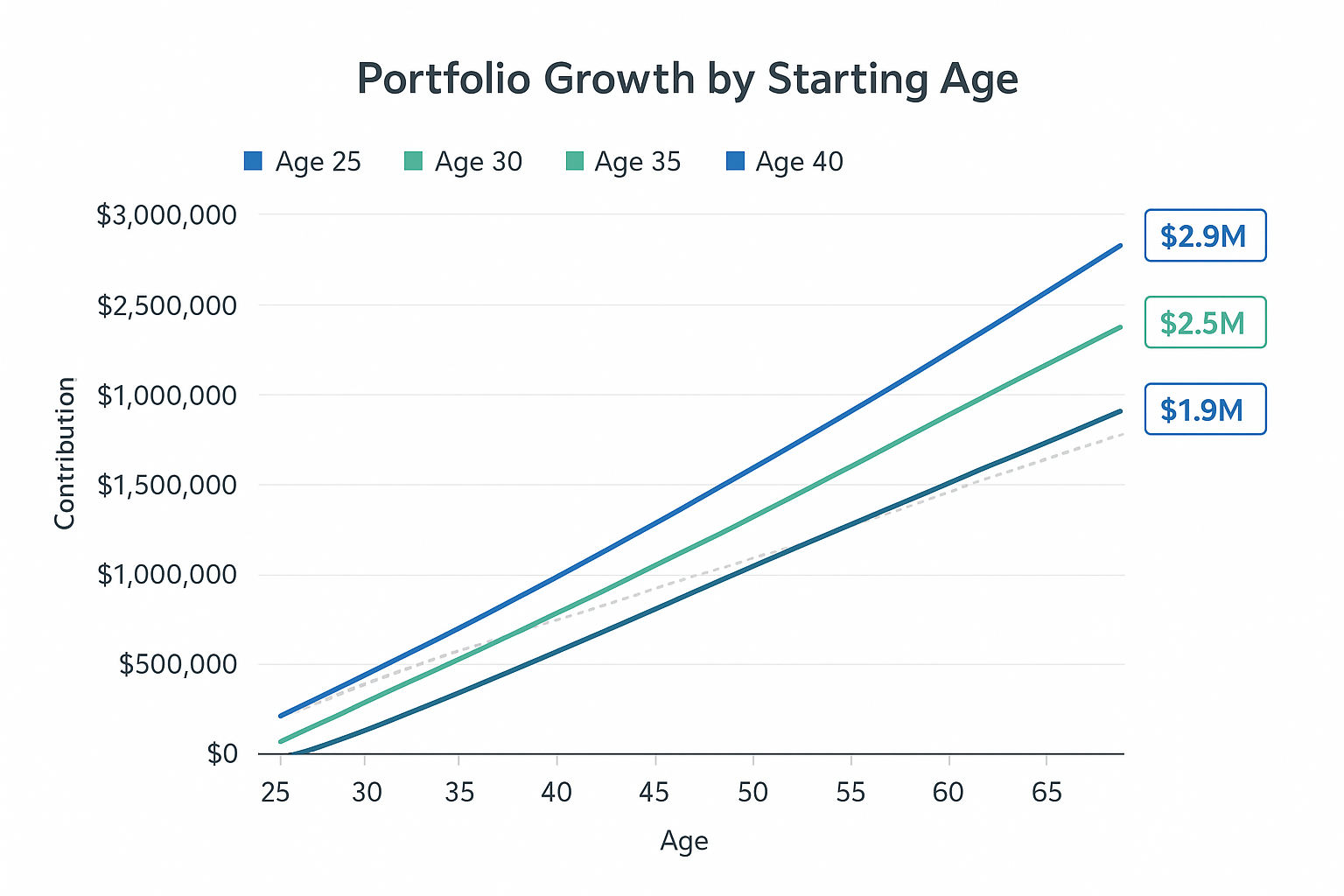
How to Max Out Your 401k
1: Calculate How Much Per Paycheck
- Example: $23,000/year contribution, paid biweekly (26 pay periods)
- $23,000 ÷ 26 ≈ $884 per paycheck
If you get paid monthly: $23,000 ÷ 12 ≈ $1,917 per paycheck
2: Adjust for Catch-Up Contributions (50+)
- If you’re 50+, add $7,500 ÷ 26 ≈ $288 per paycheck
3: Include Employer Match
- Max out your contributions to take full advantage of the employer match
- Example: 50% match on first 6% of salary → if you earn $80k, employer adds ~$2,400/year
4: Track Contributions
- Check your 401k statements regularly
- Ensure you don’t exceed $23,000 limit, especially with bonuses or mid-year changes
Case Study: Maxing Out at 30 vs 40
Scenario: John, earning $80,000, starts maxing 401k
| Age Started | Annual Contribution | Years | Portfolio Value at 65 (7% return) |
|---|---|---|---|
| 30 | $23,000 | 35 | ~$2.5M |
| 40 | $23,000 | 25 | ~$1.2M |
Starting 10 years earlier doubles retirement savings — illustrating the power of compound growth.
Max 401k Contribution 2025 Strategies
- Automate contributions → set payroll to hit max automatically
- Front-load contributions if possible → invest more earlier in the year to maximize growth
- Roth 401k vs Traditional 401k → choose based on tax strategy
- Use bonuses → allocate bonus checks to 401k for extra growth
- Adjust if changing jobs → ensure new employer match contributions are captured
Pros & Cons of Max 401k Contribution 2025 Limits
Pros
- Reduces taxable income (Traditional)
- Immediate employer match adds return
- Compounded growth over decades
- Protects long-term financial future
Cons
- Reduces take-home pay
- Limited access before 59½ (penalties may apply)
- May need other accounts for early retirement (taxable, Roth IRA)
Example:
| Paycheck # | Contribution | Catch-Up | Total | Running Total |
|---|---|---|---|---|
| 1 | $884 | $288 | $1,172 | $1,172 |
| 2 | $884 | $288 | $1,172 | $2,344 |
| … | … | … | … | … |
| 26 | $884 | $288 | $1,172 | $30,472 |
Tips for Early Retirement with Max 401k
- Combine 401k max contributions with Roth IRA and taxable brokerage accounts
- Build a “bridge” fund in taxable accounts to access money before 59½
- Consider a Roth conversion ladder for flexibility. 3 fund portfolio
$23,500 for employee elective deferrals; catch-up $7,500 for 50+ (and higher catch-up $11,250 for 60–63 if the plan allows).
No — employer match is separate from the employee elective deferral limit, but it counts toward the combined $70,000 cap.
Yes, but your total elective deferrals across all plans cannot exceed $23,500 in 2025. Check with plan administrators to coordinate.
A plan-specific technique where you make after-tax contributions to your 401(k) and convert them to Roth (in-plan or via rollover), allowing you to save more than the standard Roth/IRA limits. Requires plan support.
Author Bio
Written by The Rich Guy Math – founder of TheRichGuyMath.com. I break down investing, saving, and personal finance in simple terms so anyone can build wealth with confidence.
Disclaimer: This guide is for education only, not financial advice. Always talk to a licensed advisor for personal recommendations.

